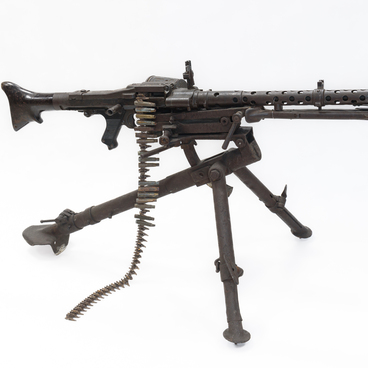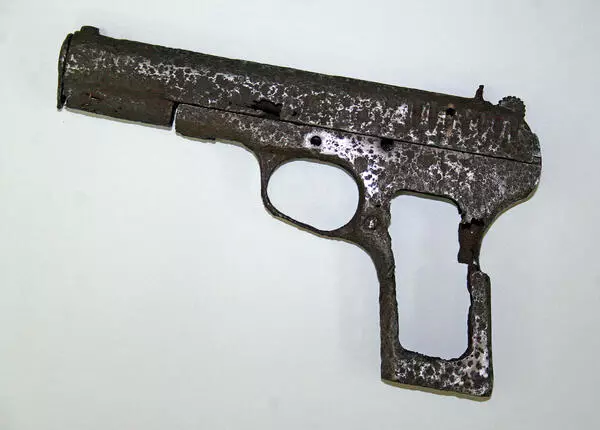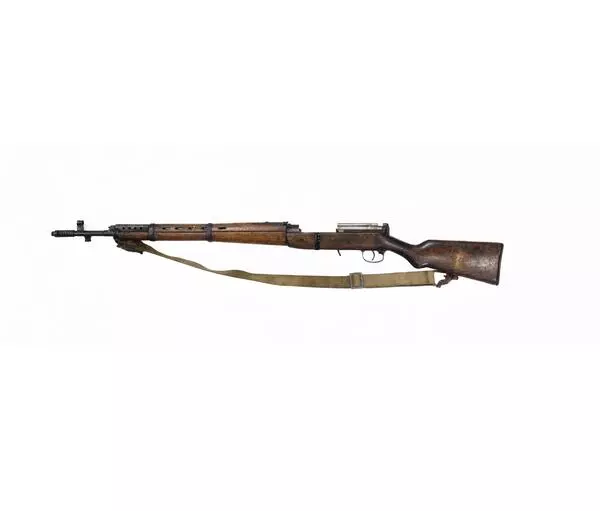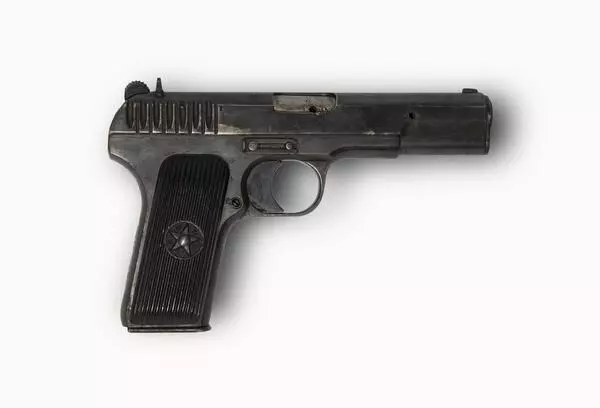Although the Nagant M1895 Revolver had excellent characteristics, an automatic pistol was recognized as a more promising weapon for arming Red Army commanders. The development of pistols in the Soviet Union was started almost from scratch, and, in the late 1920s, pistols designed by Tokarev, Korovin and Prilutsky were developed and presented for field tests.
At the same time, foreign-made Walther and Browning pistols, as well as the Parabellum, underwent the same testing. As a result, the Tokarev pistol was recognized as the best — the most reliable, lightweight and compact. At the beginning of 1931, the pistol was adopted by the Red Army under the designation “7.62mm pistol model of 1930”. The pistol was also given the unofficial nickname “TT” which means “Tula, Tokarev”. In the process of launching mass production of the pistol, some details of the firing mechanism, the barrel and the frame were slightly changed. This modernized pistol was put into production in 1933, so it is called the TT pistol of the 1933 model (the TT-33).
The effective firing range of the pistol is 50 m, the bullet can travel 800–1000 m. Successful design solutions have contributed to improving shooting accuracy: the low position of the barrel relative to the grip, the use of a heavy pistol slide and the center of gravity of the pistol located near its grip.
One of the design features of the pistol, which is not quite beneficial, is the absence of a safety catch as a separate part. The functions of the safety mechanism are performed by a deep notch on the trigger, which with a sear and a disconnector rendered the trigger inoperable. The pistol’s operational history has shown that such a design is quite dangerous. Among other disadvantages of the pistol, one could mention that some of its parts quickly become tattered and that the magazine sometimes disconnects from the grip. Hence, the revolver of the 1895 model was still in service with the Red Army and its production was continued until 1942 (on a par with the TT), when combat operations unequivocally confirmed the advantages of the TT pistol.
In total, there were about 1,740,000 TT pistols manufactured in the period from 1933 to the mid-50s, when the production was stopped.
At the same time, foreign-made Walther and Browning pistols, as well as the Parabellum, underwent the same testing. As a result, the Tokarev pistol was recognized as the best — the most reliable, lightweight and compact. At the beginning of 1931, the pistol was adopted by the Red Army under the designation “7.62mm pistol model of 1930”. The pistol was also given the unofficial nickname “TT” which means “Tula, Tokarev”. In the process of launching mass production of the pistol, some details of the firing mechanism, the barrel and the frame were slightly changed. This modernized pistol was put into production in 1933, so it is called the TT pistol of the 1933 model (the TT-33).
The effective firing range of the pistol is 50 m, the bullet can travel 800–1000 m. Successful design solutions have contributed to improving shooting accuracy: the low position of the barrel relative to the grip, the use of a heavy pistol slide and the center of gravity of the pistol located near its grip.
One of the design features of the pistol, which is not quite beneficial, is the absence of a safety catch as a separate part. The functions of the safety mechanism are performed by a deep notch on the trigger, which with a sear and a disconnector rendered the trigger inoperable. The pistol’s operational history has shown that such a design is quite dangerous. Among other disadvantages of the pistol, one could mention that some of its parts quickly become tattered and that the magazine sometimes disconnects from the grip. Hence, the revolver of the 1895 model was still in service with the Red Army and its production was continued until 1942 (on a par with the TT), when combat operations unequivocally confirmed the advantages of the TT pistol.
In total, there were about 1,740,000 TT pistols manufactured in the period from 1933 to the mid-50s, when the production was stopped.








